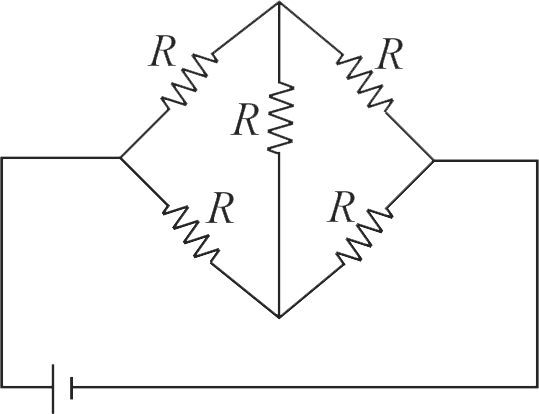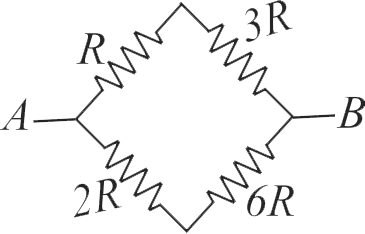357357 Wheatstone bridge principle is used of measure the specific resistance \(\left(S_{1}\right)\) of given wire, having length \(L\), radius \(r\). If \(X\) is the resistance of wire, then specific resistance is \(; S_{1}=X\left(\dfrac{\pi r^{2}}{L}\right)\). If the length of the wire gets doubled then the value of specific resistance will be :
357357 Wheatstone bridge principle is used of measure the specific resistance \(\left(S_{1}\right)\) of given wire, having length \(L\), radius \(r\). If \(X\) is the resistance of wire, then specific resistance is \(; S_{1}=X\left(\dfrac{\pi r^{2}}{L}\right)\). If the length of the wire gets doubled then the value of specific resistance will be :
357357 Wheatstone bridge principle is used of measure the specific resistance \(\left(S_{1}\right)\) of given wire, having length \(L\), radius \(r\). If \(X\) is the resistance of wire, then specific resistance is \(; S_{1}=X\left(\dfrac{\pi r^{2}}{L}\right)\). If the length of the wire gets doubled then the value of specific resistance will be :
357357 Wheatstone bridge principle is used of measure the specific resistance \(\left(S_{1}\right)\) of given wire, having length \(L\), radius \(r\). If \(X\) is the resistance of wire, then specific resistance is \(; S_{1}=X\left(\dfrac{\pi r^{2}}{L}\right)\). If the length of the wire gets doubled then the value of specific resistance will be :





